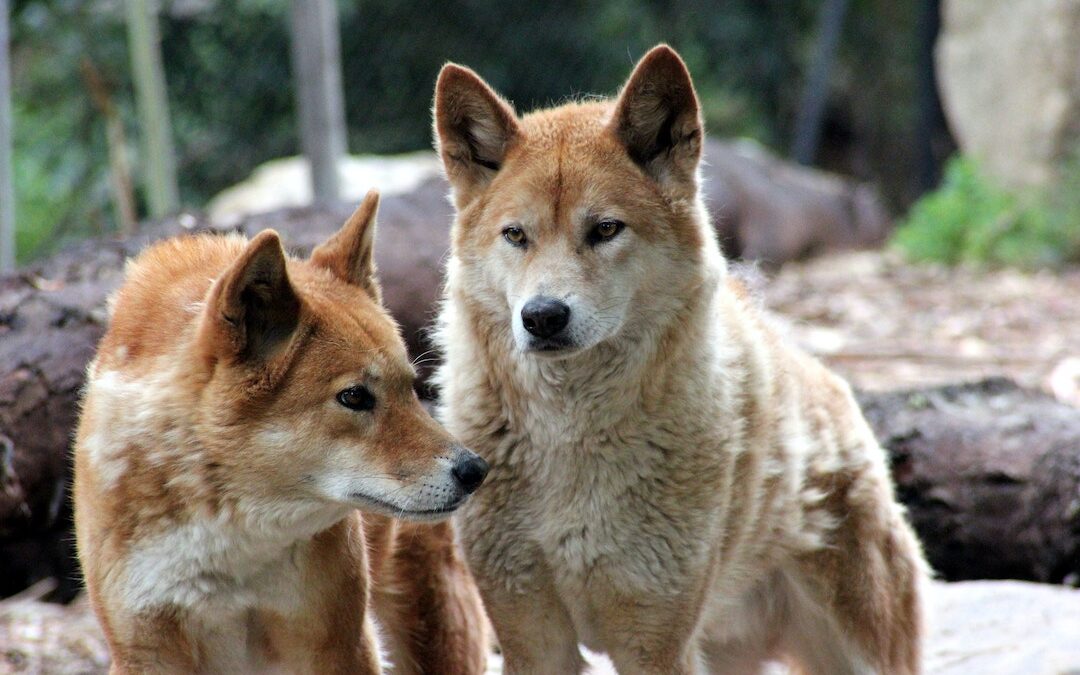DNA testing has revealed that wild dingoes have less dog lineage than previously believed.
Scientists from UNSW discovered that wild dingoes have significantly less dog ancestry than expected, contrasting the widely held belief that pure dingo populations were disappearing due to crossbreeding.
This discovery has implications for conservation efforts around the country and could change the way we view these native animals as a whole.
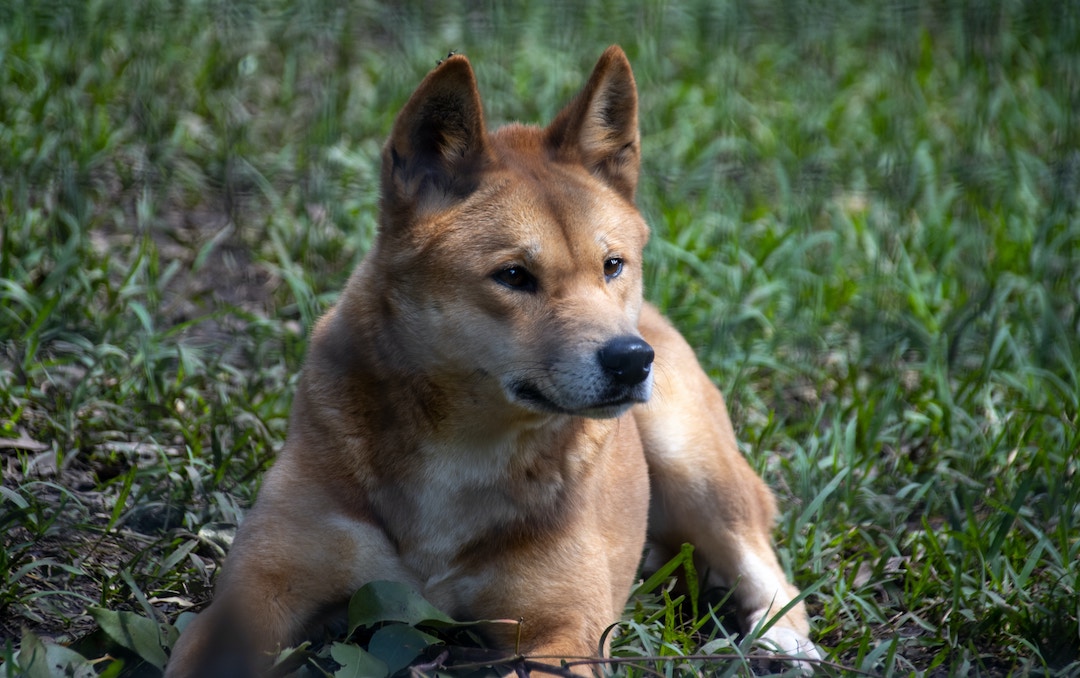
Dingoes in the spotlight
Dingoes are golden or ginger-coloured canids native to Australia. They mostly hunt small game such as rabbits, rodents and birds, however they also eat fruit and plants. Dingoes inhabit a wide range of habitats, found most often in woodlands and grassy areas.
While they are genetically distinct from domestic dogs, crossbreeding can occur. This threatens pure species as they become more susceptible to genetic dilution, and possible extinction. The term ‘wild dog’ is commonly used to refer to dingoes, due to the long-held belief that most modern animals contain dog DNA.
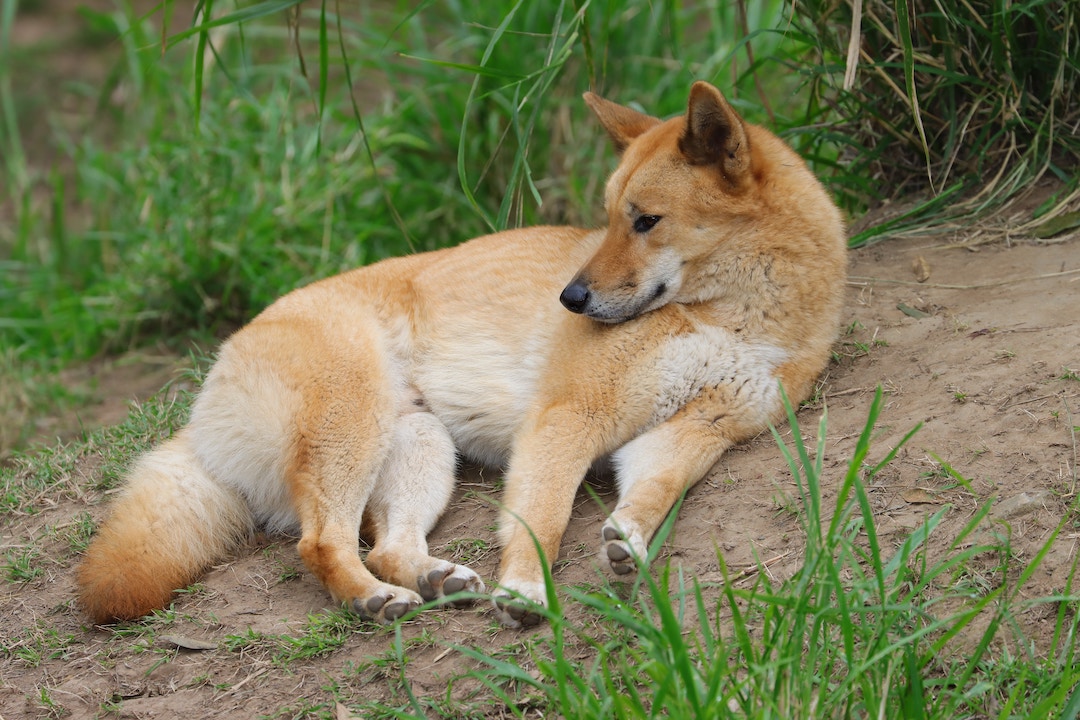
DNA detection
Scientists previously believed that pure dingoes were less common due to crossbreeding. However, the recent research published in Molecular Ecology challenges this view, suggesting the prevalence of dog-dingo mixes has been overstated.
According to UNSW conservation biologist and lead author of the study, Dr Kylie Cairns, “for decades, there was fear that dingoes were breeding themselves into extinction. But our findings suggest this isn’t the case, and dingoes are largely maintaining their identity, which has implications for their management and conservation.”
The study involved analysing the DNA of 391 dingoes across different regions in Australia. Researchers were then able to perform ancestry modelling and analysis, which revealed that dingoes had much lower levels of dog lineage than was previously assumed.
“The old method, which relied on a relatively small number of genetic markers and limited reference population, overestimates the amount of dog ancestry in dingo samples – sometimes by over 30 percent,” says Dr Cairns.
“But with the new text, we can look at 195,000 points across the genome compared with just 23 previously. It’s a huge step up in reliability and accuracy.”
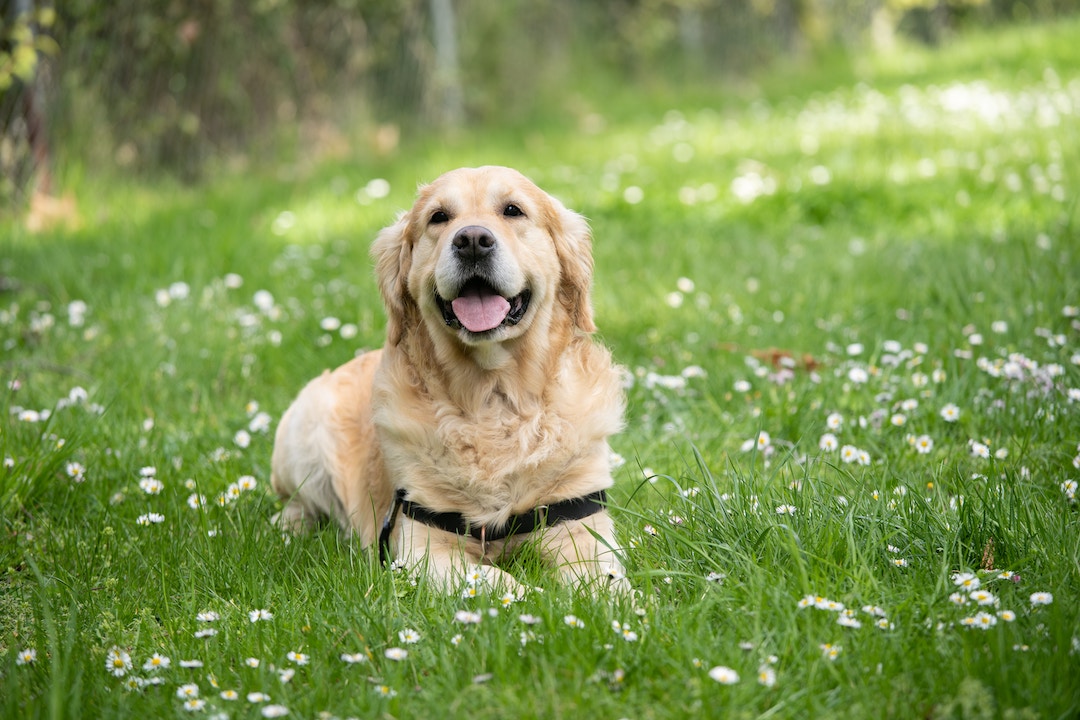
The levels of dog ancestry in dingo populations have been overestimated in the past.
Hybrid hypothesis
Over the course of the study, scientists were able to completely revise their understanding of dingoes.
In Victoria alone, it was found that 87.1 percent of dingoes tested as pure, contrasting the previously held belief that only 4 percent of the population was pure.
Interestingly, no animal tested as a 50 percent hybrid, meaning no dingoes were a direct offspring of a dog and dingo. For dingoes that weren’t pure, crossbreeding occurred four or five generations in the past.
“While there has been some hybridisation in the past, it’s not occurring at a rapid pace today,” says Dr Cairns.
The team were also startled to discover four distinct regional variations in dingoes across Australia.
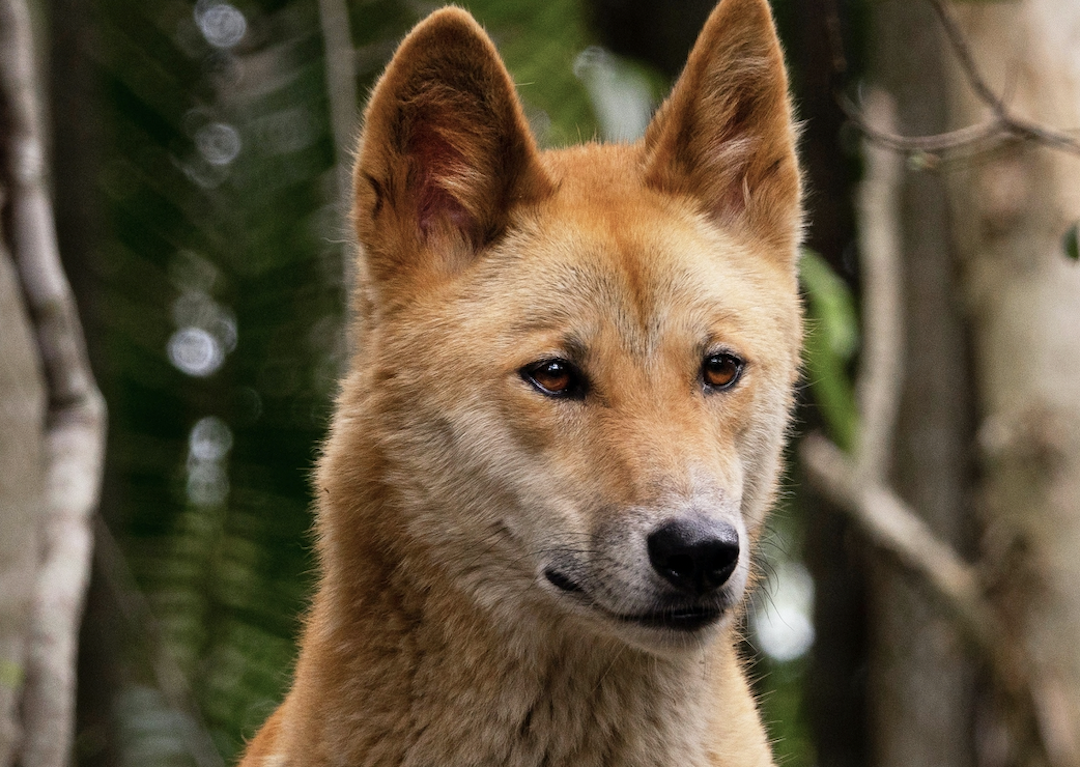
Calls for conservation
This new discovery has several implications when it comes to conservation and management for dingo populations. According to Professor Mike Letnic, UNSW conservation biologist and senior author of the study, “existing management decisions have been based on the findings from old DNA testing technology with limited resources.”
“We now have a more advanced approach using higher-density genomic data that can be applied to dingoes to assess populations more accurately and inform management strategies with best-available evidence.”
Currently, dingoes are classified as ‘wild dogs’, due to assumptions about their hybridisation. This means they are classed as an invasive species and subject to eradication methods, even in National Parks where native species are protected. This is dangerous, because without the presence of dingoes, habitats can become overrun by foxes and feral cats that hunt native animals and damage local flora.
“It’s convenient to paint all dingoes as wild dogs. But the term obscures the reality that many pure dingoes and dingo-dominant backcrosses are being killed,” Dr Cairns says. “In fact, no other native species is treated in quite the same way as the dingo, which is subject to lethal control measures across all landscapes, including ones where they should be protected.”
Researchers are hoping that this new discovery will lead to stronger conservation efforts for dingo populations. By separating them from feral dogs in conservation legislation, efforts to maintain their population levels and save this vital native species can be increased. Greater education and awareness is another key step for the team, who believe that by better understanding these animals, they can be protected against extinction.
To read about protection efforts for other native species, click here.

